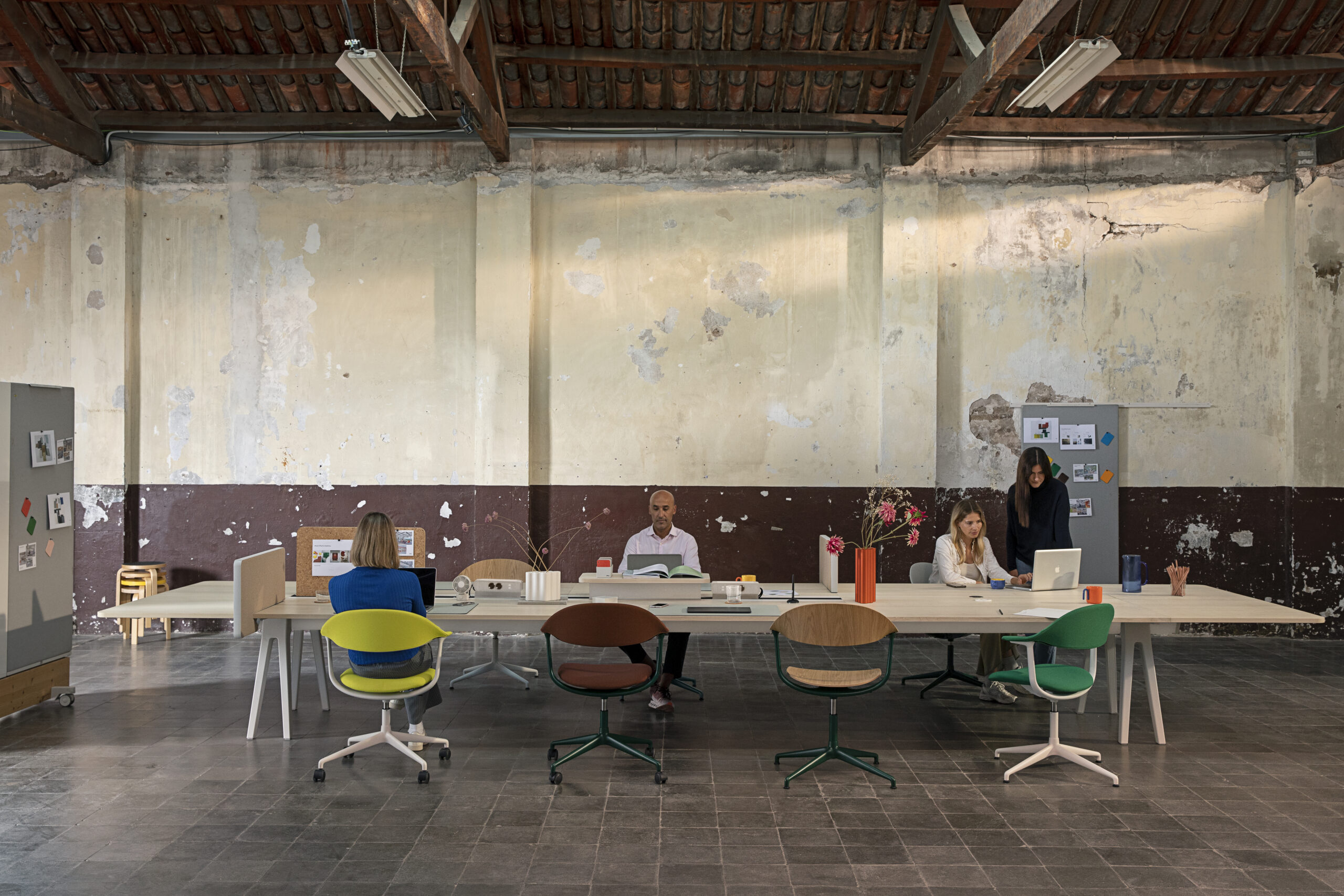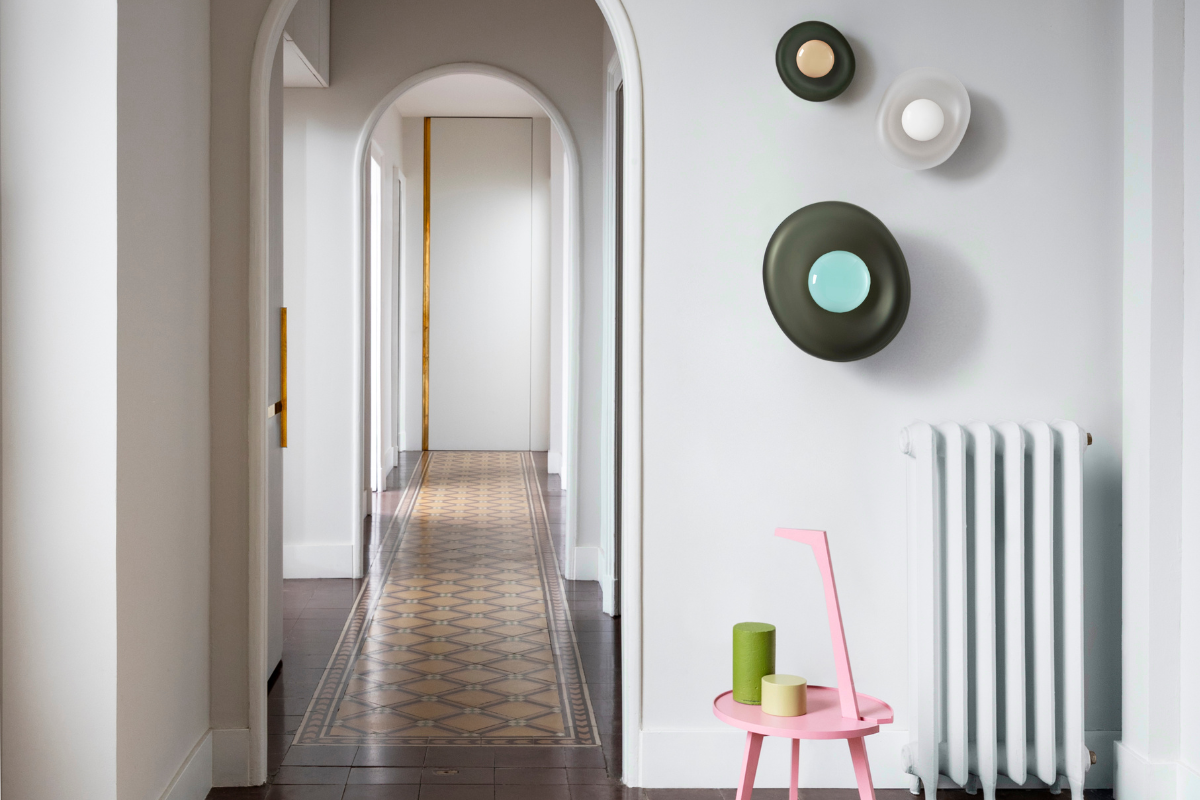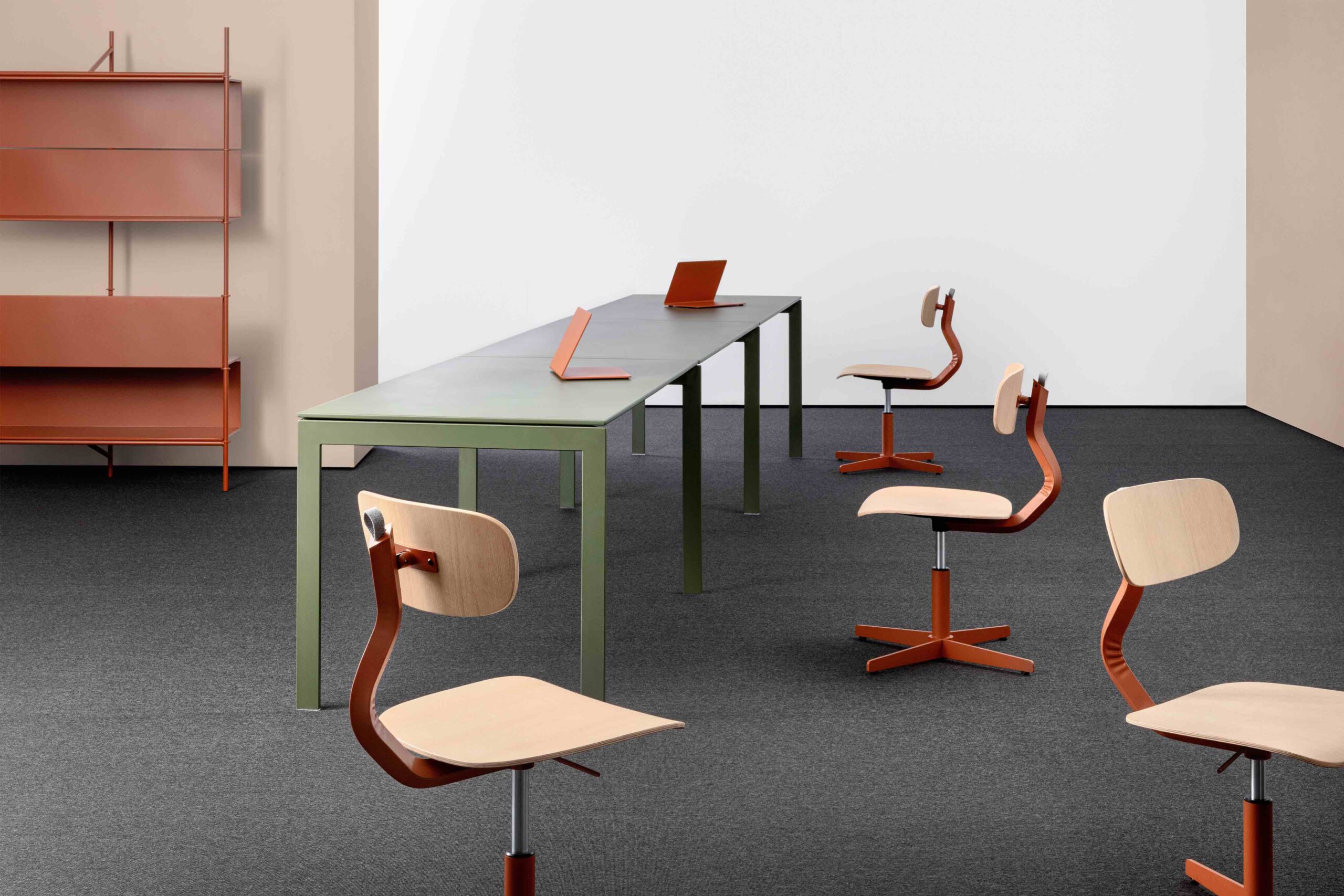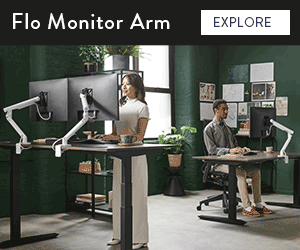
The president of the BCO, Paul Patenall, talks about designing workplaces with wellbeing in mind
Wellness is no longer a new concept. We have all heard about it. Yet it is still not getting the cut through it deserves. It’s the sort of idea people nod sagely about when it’s discussed at work, but then privately roll their eyes about it at the pub. We treat it like a fad, the latest splatter of corporate jargon to hit the workplace.
I am usually a cynic. I have sat through far too many seminars where an external speaker sermonises on the latest corporate trend, fresh from the pages of a new management book. However, wellness is different. It is something that impacts all of us, it relates to our mental and physical health. Our happiness not just at work, but also outside of it.
So why do we still shun the topic? Perhaps it is a British thing, an unwillingness to talk about our health – especially our mental health – openly. Perhaps it’s a feeling that these ideas have been tried before. Perhaps we struggle to see the financial benefits of wellness. Well, we can’t afford to continue like this – there is no perhaps about it, we must act.
Read more: How to eat yourself happy at work
Having become president of the BCO in 2019, it is my ambition to put wellness at the top of our industry’s agenda. It is a topic that is close to my heart and something that our industry can have an enormous impact on through smart, intelligent workplace design.
Wellness is, as the BCO’s recent Guide to Specification outlines, a serious concept with serious potential. The Guide, and the Wellness Matters research report, showed how wellness can directly benefit a worker and, more broadly, a company’s productivity. A ‘well’ worker is likely to be happier, more energised, less likely to need sick time.
Improving occupier wellness requires original thinking and commitment. It doesn’t require the latest fad – a slide here or a table football there – but instead, a few, smartly thought out design features.
Read more: How designers can create office spaces that encourage employee wellbeing
As a start, look at how a workplace can shape work/life balance. By building workplaces that feature smart storage for bikes, we can help workers get home quickly and improve their fitness, while enabling them to enjoy a less stressful commute and greater flexibility. Meanwhile, a workplace that features a spa-quality gym can help employees stay fit at work, freeing up their evenings from spending hours working out.
A worker’s local environment also plays a big role in how they feel. Smart technology can allow workers to control the temperature and lighting around their workspace, allowing them to find their own optimum setting. Natural light has been shown to have a clear, positive impact on worker wellbeing. So, smartly designed offices maximise it through clever design features, like big atria.
These ideas are just a start. First, we need to take wellness seriously. To do that, we should turn our gaze inwards and see how our industry can improve its own wellness. We need to implement ideas that can boost our own wellness and, most importantly, adopt a new attitude towards wellness that is based on openness and understanding. If we can start by improving our own industry’s approach, then we can design workplaces that help others.
Image courtesy of Pexels


























